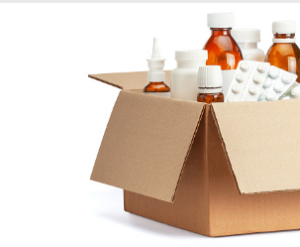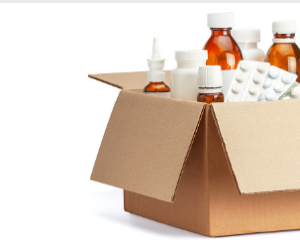Pharmaceutical packaging is an integral part of drug development and adherence. When formulating drugs, we consider many factors in selecting an ideal package for their end user and target group.
 Bottles, jars and blister packs come in all shapes and sizes to provide manufacturers, pharmacy staff and patients with child safety, product quality and medication adherence benefits.
Bottles, jars and blister packs come in all shapes and sizes to provide manufacturers, pharmacy staff and patients with child safety, product quality and medication adherence benefits.
Bottles
Bottles are one of the most prevalent supplement packaging options in the pharmaceutical and dietary industries. These containers come in multiple sizes and shapes and are made from various materials to meet customer requirements.
Bottles provide numerous advantages over other forms of packaging when it comes to food, liquid or medication storage: They’re cost-effective, lightweight and easily recyclable.
Plastic bottles reduce their environmental impact and are highly durable packaging options that can withstand breakage and be formed into any desired shape and design.
Bottles also protect products from contamination, making them the perfect way to transport medications between pharmacies or facilities and patients at home for a refill. This feature of bottles makes them essential when shipping home-refillable medicines to patients for a refill at their pharmacy or another facility.
Barrier protection may be compromised by moisture from the environment. Since moisture equilibration in bottles takes much longer than diffusion processes in air, repacking tablets after some period may be necessary to ensure adequate protection for tablet bottles.
Tablets typically feature lower moisture content than other packaged pills; however, they still risk moisture exposure due to improper storage in an improperly sealed container or environmental conditions in hospitals and healthcare environments.
For maximum product protection in this environment, ensure containers are tightly sealed so as not to leak or become damaged from moisture seeping through. Plastic caps or screw caps with tight seals provide this crucial safeguard and help ensure water doesn’t penetrate products.
Cotton filling the bottle’s interior can help increase its barrier strength by absorbing excess moisture. This practice has been done for more than 100 years and continues to be widely employed today by many manufacturers.
Blisters
Blister packaging is an excellent option for tablets as it protects them better than bags or boxes. It is also tamper-proof, an important feature when dealing with products that must remain untampered with contaminants.
A blister pack can be constructed using different materials, including polymers such as PVC and PVDC. PVC is often preferred as it offers superior moisture and oxygen barrier properties; however, other options exist, such as PCTFE or COP, for producing blister packs.
Blisters are integral to pharmaceutical products because they help enhance patient adherence. It has an indirect positive impact on drug effectiveness and revenue for manufacturers.
Labelled blister packs also help patients remember their dosing regimen and prevent forgetting to take their pills on time. It is especially crucial for children and elderly individuals as they may take more medication by mistake or overdose due to forgetfulness if their dosing schedules are not written down. This feature can be especially beneficial in ensuring safety for these populations who could otherwise run the risk of overdose or accidental overdosing due to not writing down dosage instructions.
Blister packs provide a safer method of dispensing medications than bottles because they avoid counting and repackaging by pharmacy staff. In addition, blister packaging offers peace of mind to ensure prescriptions are filled on time and correctly dispensed to their recipients.
Recent research has demonstrated how calendared blister packs can enhance patient adherence and compliance to dosing regimens, especially among those taking vitamins or contraceptives. In addition, people receiving supplement packaging options with dates or information were 14 per cent more likely to refill their prescription on schedule, thus improving their quality of life.
Liquid Containers
Liquid containers protect tablets, capsules, and other drug products from moisture damage and temperature variations, helping keep medications intact and from getting lost or altered during transport.
Containers come in various materials and offer an economical way of storing products. In addition, HDPE plastic is highly resistant to mould, mildew and rot, making it a good choice for liquids, foods and medicines that might go bad quickly.
Most frequently used containers for storing medications include glass bottles, amber vials and polyethylene plastic bottles. These offer both protection and convenience while being capable of holding large amounts of medicine.
These bottles are beneficial for storing pills and medicines with high concentrations of active ingredients, protecting their active components from contaminants such as rust, dirt and chemicals.
Investing in pharmacy bottles can save time and money while delighting your customers. They are easy to fill and come in various sizes, giving your pharmacy everything it needs to meet its patients’ needs.